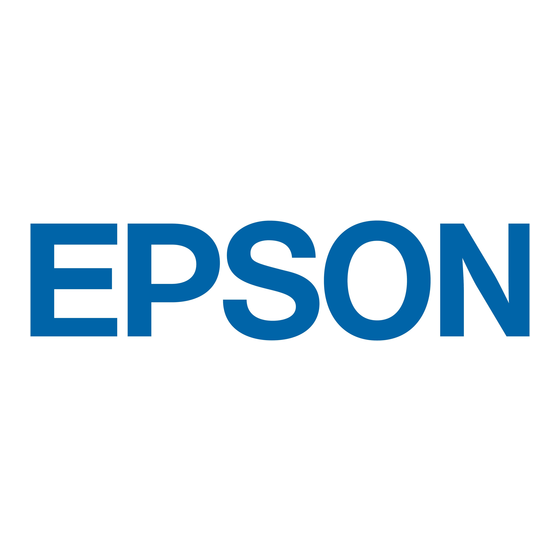Epson 7850p - PowerLite XGA LCD Projector Manuel d'information sur les produits - Page 5
Parcourez en ligne ou téléchargez le pdf Manuel d'information sur les produits pour {nom_de_la_catégorie} Epson 7850p - PowerLite XGA LCD Projector. Epson 7850p - PowerLite XGA LCD Projector 25 pages. Release of check tool for network projectors v1.00 for windows
Également pour Epson 7850p - PowerLite XGA LCD Projector : Manuel de l'utilisateur (42 pages), Manuel d'utilisation (36 pages), Manuel de l'utilisateur (12 pages), Pièces de rechange (1 pages), Manuel d'utilisation (47 pages), Bulletin d'information sur les produits (30 pages), Manuel d'installation (5 pages), Installation rapide (2 pages), Brochure & Specs (2 pages), Fiche technique (7 pages), Bulletin d'information sur les produits (25 pages), Bulletin d'information sur les produits (38 pages), Bulletin d'information sur les produits (12 pages), Bulletin d'information sur les produits (42 pages), Bulletin d'information sur les produits (22 pages), Bulletin d'information sur les produits (28 pages), Bulletin d'information sur les produits (41 pages), Bulletin d'information sur les produits (34 pages), Bulletin d'information sur les produits (38 pages), Bulletin d'information sur les produits (28 pages), Bulletin d'information sur les produits (15 pages), Bulletin d'information sur les produits (22 pages)

